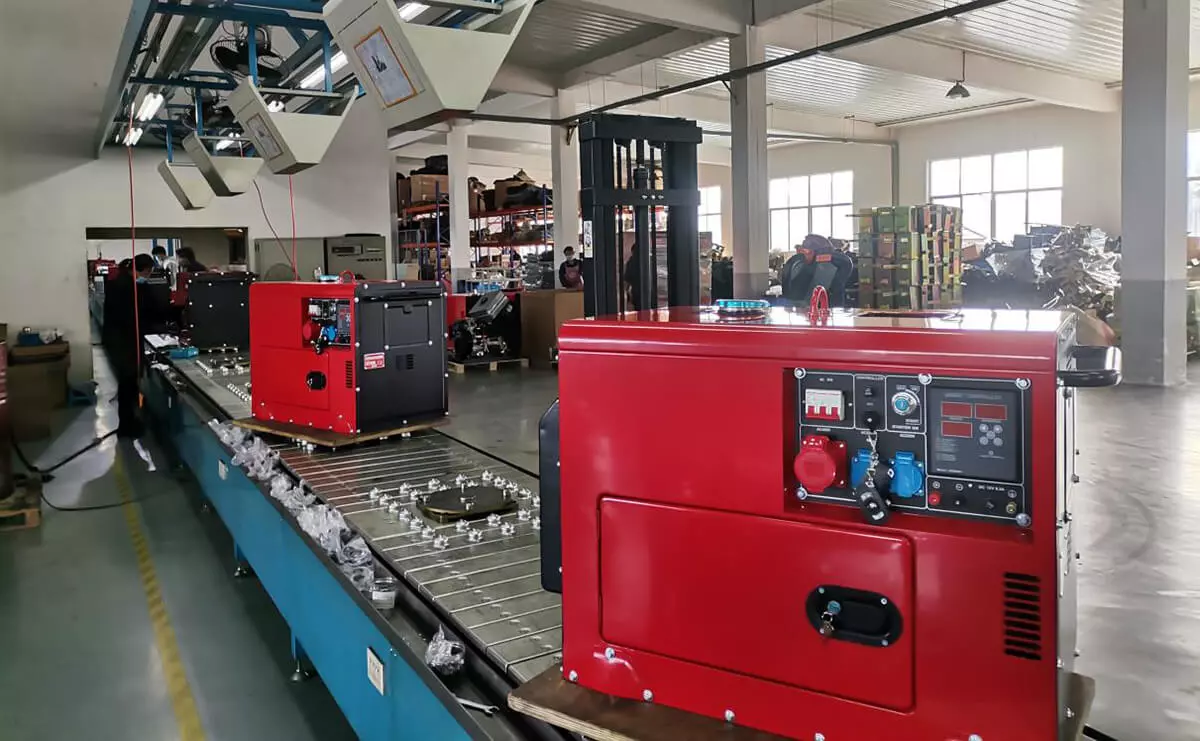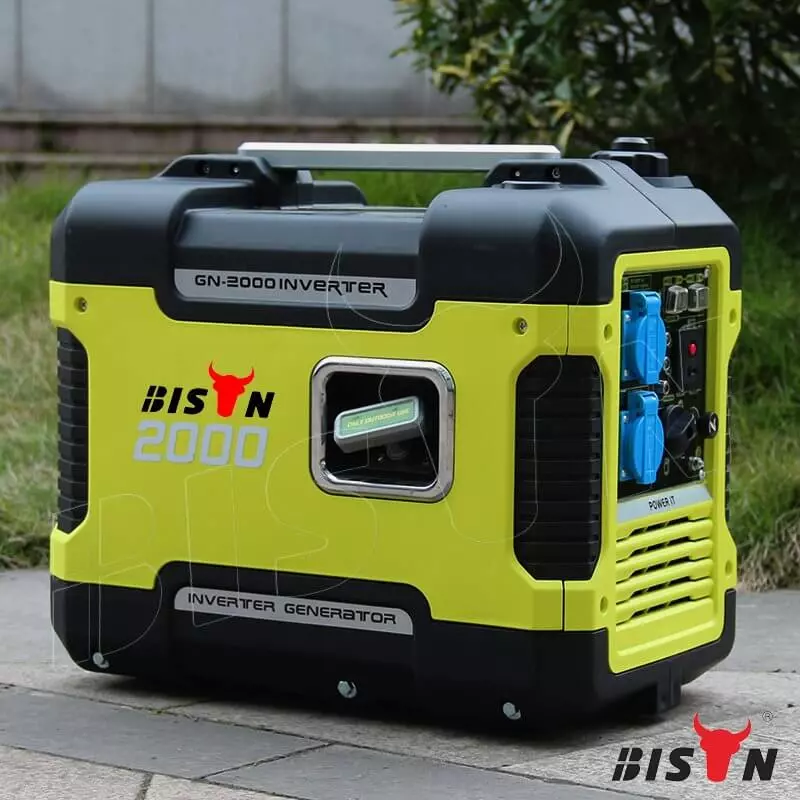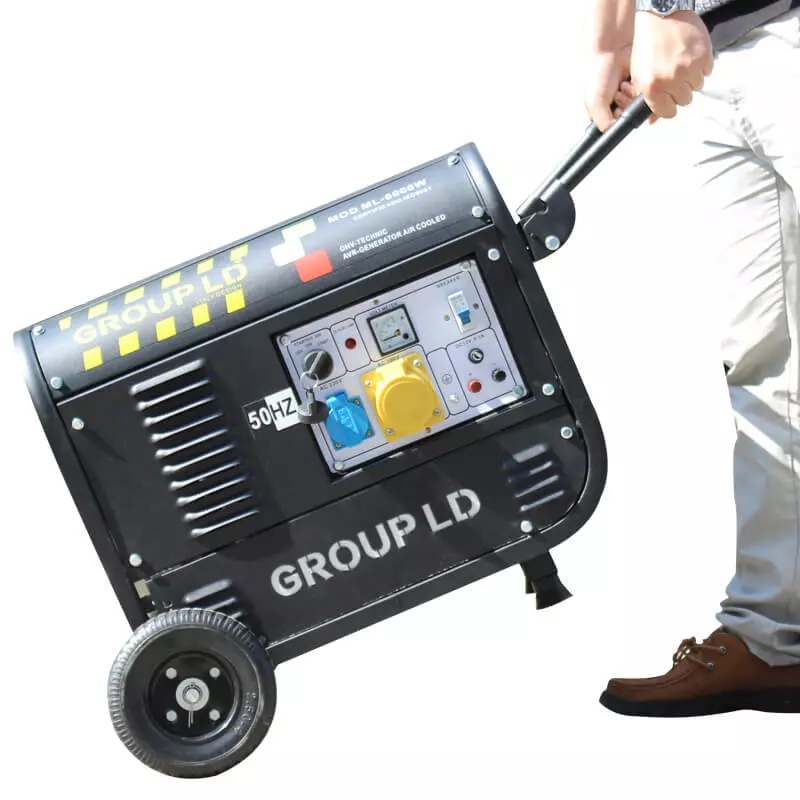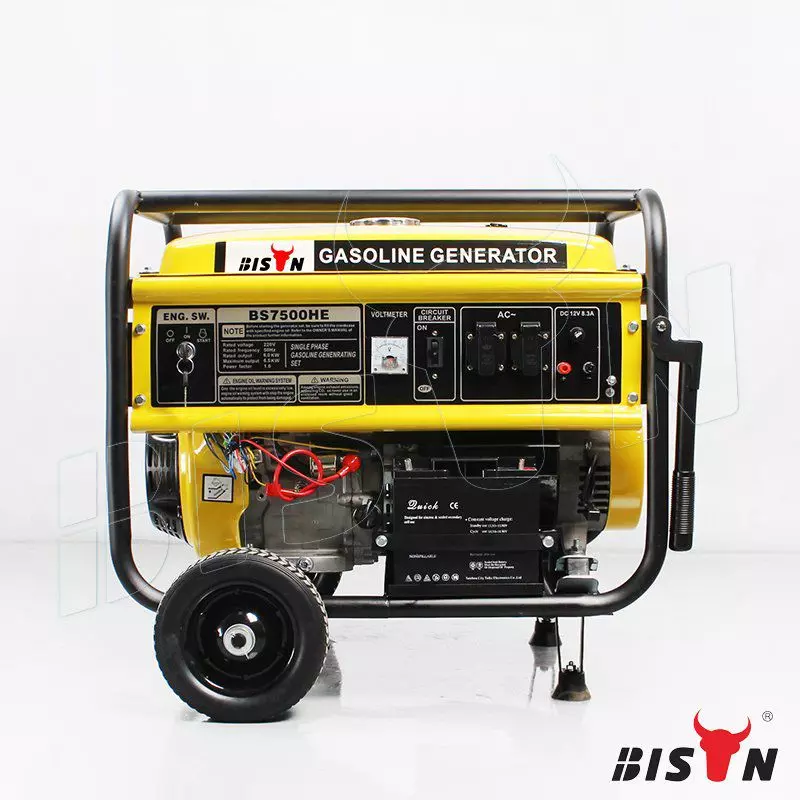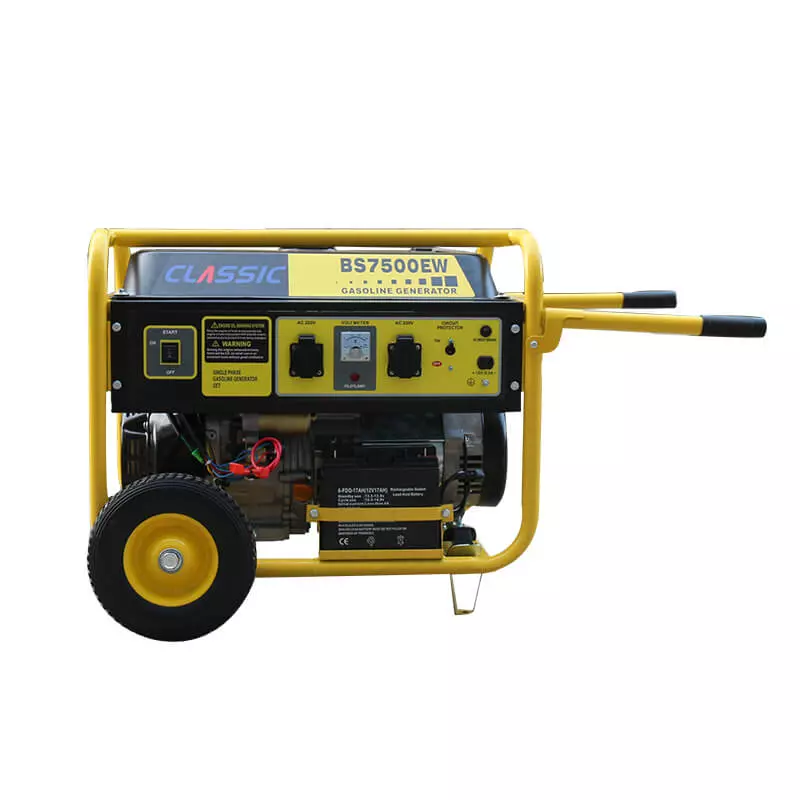break in a generator | introduction, process, tips
2023-11-07
Table of content
In a world increasingly reliant on electricity, generators have become the reliable companion we never knew we needed. But like all mechanical equipment, generators require a proper introduction to their operation - a process often referred to as "break-in."
Breaking in a generator involves more than just turning it on for the first time. This is an important step in preparing your generator for future tasks, ensuring it runs efficiently and lasts longer.
In this article, BISON dives into the details of the break-in of a new generator. From understanding meaning to executing the process correctly, and even tips on avoiding common mistakes, we've got you covered.
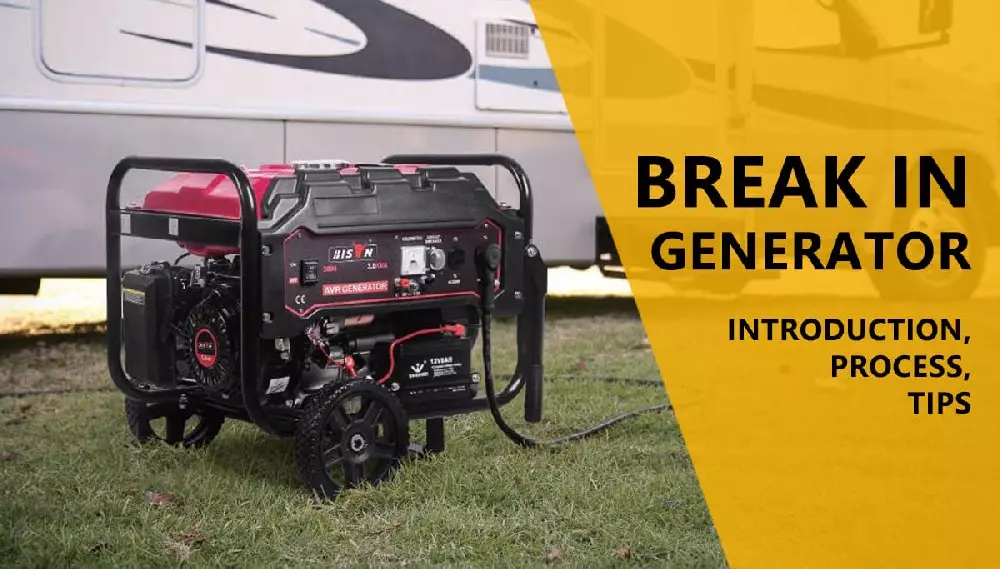
Understanding the Concept of Breaking In a Generator
Breaking in a generator, much like breaking in a new pair of shoes, involves getting it ready for regular use.
When a generator is assembled, the engine parts are often tight and the surfaces rough. The break-in period allows these parts to polish themselves by rubbing against each other. This process is crucial to ensure that all components work smoothly together, reducing the risk of premature wear and tear.
Now, you may ask, why is this important? Why can't I just add fuel, start my generator, and get it running immediately? Well, skipping the break-in process can have long-term effects on your generator's performance and lifespan.
Firstly, breaking in a generator ensures that its engine parts are adequately lubricated before it takes on heavy loads. Most new generators come from the factory without oil. An attempt to start one, known as a "dry start," will harm the engine's cylinder walls from minute residual metal fragments from the manufacturer and new metal debris from the movement of the piston inside the cylinder. If not removed, these particles can cause significant internal damage over time.
Besides, the piston can grind against the cylinder walls without oil, generating metal scrap and carbon buildup. Carbon buildup over time causes smoke to leak from places where the seals are not tight.
So, a properly broken-in generator tends to operate more efficiently, providing consistent power output. It also reduces the chances of sudden breakdowns, ensuring that your generator is reliable when you need it most.
In essence, breaking in a generator is like an investment. You spend a little time and effort at the beginning, but the return - a durable, efficient, and reliable generator - is well worth it. So, let's explore how to do this correctly in the following sections.
The break-in process of a generator: A step-by-step guide
#Step 1: Assembly and Inspection
The first step in the break-in process is to assemble your generator correctly. You should always read the user's manual from the generator manufacturer before starting to break the generator engine properly. Once assembled, inspect the generator for any loose parts, leaks, or other visible defects. Check the oil and fuel filters, spark plugs, and belts. This initial inspection can prevent potential problems during the break-in process.
#Step 2: Add oil and fuel
Next, it's time to add oil and fuel. The type of oil and fuel to use will depend on your generator's specifications, so consult your user manual. Depending on the model, your generator may require the highest octane gasoline, fuel stabilizer, engine oil, oil conditioner, and spark plugs. Generally, a high-quality synthetic oil is recommended for new generators, as it provides superior engine protection.
As for fuel, ensure it's fresh and stored properly to avoid contamination. Failure to use the correct fuel type can damage the engine and void the warranty. It can also cause low pressure and prevent your generator from being able to handle any load.
It is essential to ensure that the fuel tank is filled to the proper level before starting the generator. But, be careful not to overfill - this could lead to leaks or damage.
#Step 3: Run and load the generator for the first time
Now, you're ready to start your generator. Initially, run it with no load for about 30 minutes. This allows the engine parts to warm up and begin the process of smoothing themselves out. After this period, gradually apply a small load, such as a light bulb or a small appliance. Over the next few hours, slowly increase the load, giving your generator time to adjust. Remember, rushing this process can cause damage, so patience is key.
#Step 4: Check your fluid levels regularly
Maintaining your generator during the break-in period is crucial. Regularly check the oil level, as new engines can consume more oil. The generator will have a dipstick on the engine side that you can remove to check the level between the high and low lines. Don't run your engine low on oil. This will cause severe damage and engine failure in a very short time.
As for fuel level, most generators will have a fuel level indicator gauge on the tank. Some generators may not have a mechanical display/gauge and an electronic fuel level sensor displayed on the controller. You should be able to cycle through the controller screens to find the fuel level.
Common mistakes and tips to avoid when breaking in a generator
Breaking in a generator requires careful attention, as small mistakes can lead to significant problems down the line. By avoiding these common mistakes, you can ensure a successful break-in process for your generator, setting it up for a long and efficient service life. Here are some common pitfalls to avoid:
Skipping the break-in process: Some people might think that generators are ready to go right out of the box. This misconception can significantly shorten your generator's lifespan. Always follow the break-in procedures outlined in your user manual.
Ignoring the oil level: During the break-in period, generators can consume more oil than usual. Regularly check the oil level and top it up as necessary. Running your generator with insufficient oil can cause severe damage to the engine.
Overloading the generator too quickly: Gradually increasing the load on your generator is crucial during the break-in period. If you put too much load on it too soon, you risk causing damage to the engine.
Not allowing the generator to cool down before refueling: Fueling a hot generator can be dangerous and may lead to accidents. Always let your generator cool down before adding fuel.
Ignoring unusual signs: Pay attention to any unusual sounds, smells, or performance issues during the break-in period. These could indicate potential problems. If anything seems off, stop using the generator and consult a professional.
Not giving the generator rest periods: Just like any machine, generators need rest periods to prevent overheating, especially during the break-in period. Make sure to turn off your generator and let it rest at regular intervals.
Conclusion
Breaking in a generator is an important step that should not be overlooked. It's about preparing it for many years of reliable, efficient service.
By following the steps and tips BISON has outlined in this article, you're not only ensuring optimal performance but also prolonging the lifespan of your generator.
Carry out business cooperation
After reading this article, you now know everything you need to know about properly breaking into a generator. This knowledge demonstrates our commitment to not only ensuring a superior product, but also the longevity and optimal performance of our generators.
BISON are China's leading manufacturer of high-quality generators with extensive industry experience and a deep understanding of products.
If you are a generator dealer looking for a trustworthy and knowledgeable partner, we invite you to consider us. BISON provide our dealers with comprehensive support, including product training, marketing materials, and a dedicated support team ready to answer any questions and resolve any issues.
Don't miss this opportunity to boost your business with our high-quality generators. Please get in touch with us immediately. Your journey to becoming a leading generator dealer starts here.
